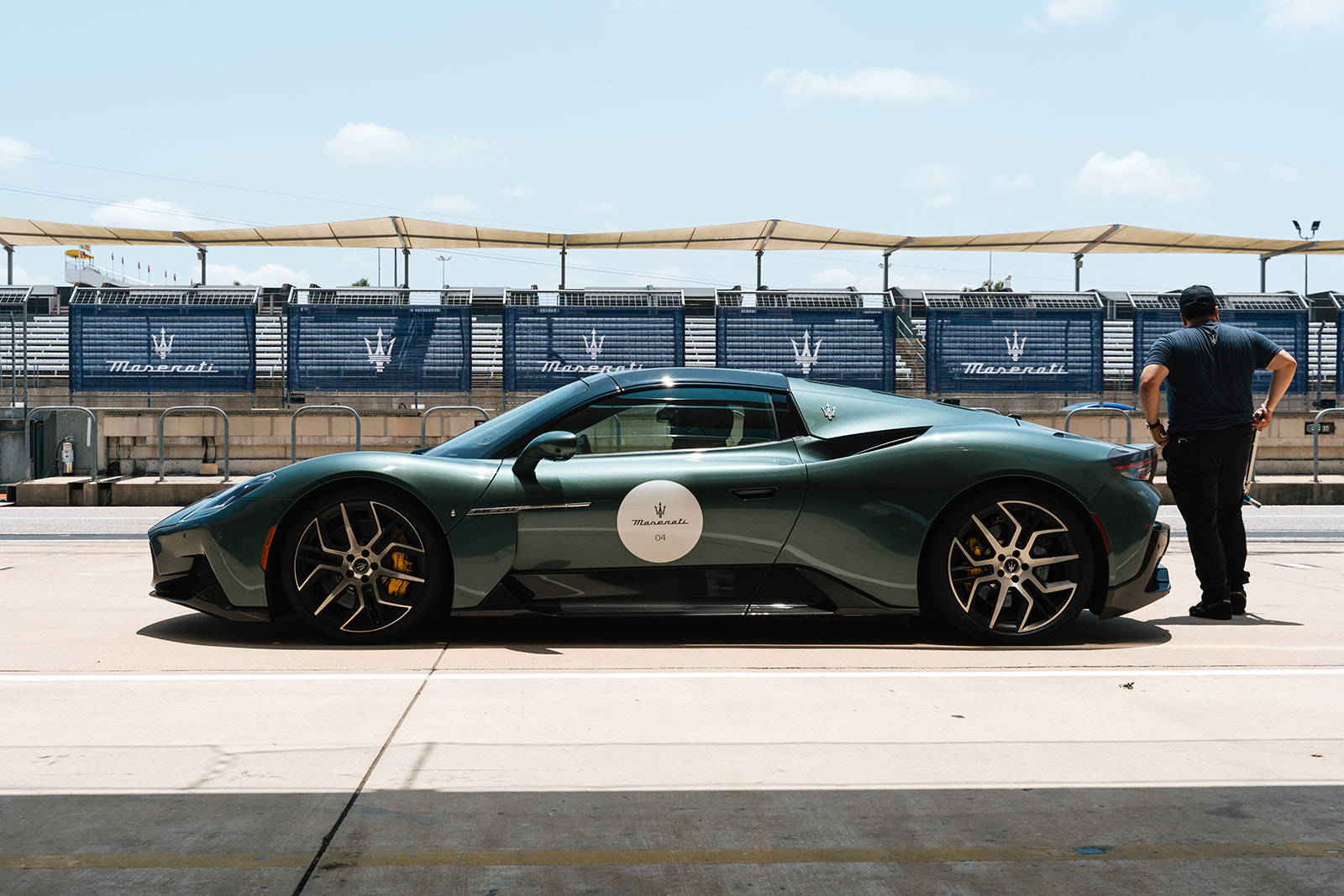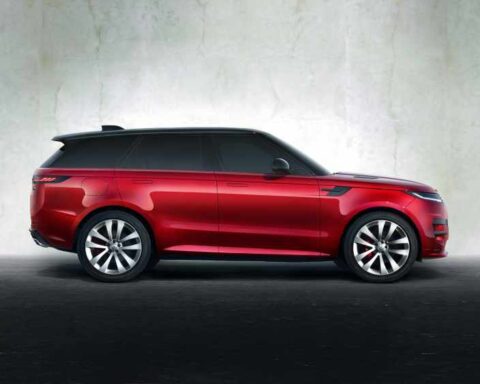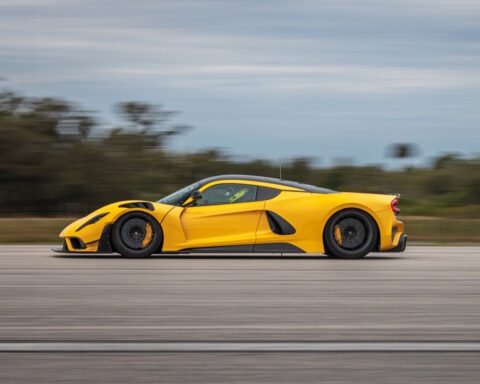Maserati invited us to drive the new MC20 Cielo and nearly every other vehicle in their lineup at the Circuit of the Americas. Can Maserati reinvent itself?
For years, Maserati occupied an odd place in the luxury performance world, steeped in heritage, draped in Italian style, but often overshadowed by its more famous cousins from Maranello and Sant’Agata. I hadn’t driven a Maserati in some time; the last one was the 2019 GranTurismo, a charming yet aging grand tourer built from a shared parts bin during the FCA era. My ownership of an ’80s BiTurbo left me with the kind of memories that only a true Italian eccentric could appreciate (or forgive). So, when the invitation arrived to sample Maserati’s latest lineup, including the new MC20 Cielo, at Circuit of The Americas in Austin, I packed my skepticism and curiosity in equal measure.
What I discovered surprised me.
Maserati’s revival is real, and it begins with a heart of its own making: the Nettuno V6. This twin-turbocharged 3.0-liter engine isn’t a rebadged Ferrari motor or a Frankenstein of corporate parts. It’s Maserati’s own clean-sheet design, born in Modena and now used across the lineup, from the elegant new GranTurismo to the practical Grecale Trofeo SUV and, most importantly, the supercar pair: the MC20 Cielo and the hardcore GT2 Stradale. You will even find the Nettuno in the radical track-only MCXtrema. It’s a bold move for a brand that’s long flirted with greatness but rarely delivered on the level of its legacy.
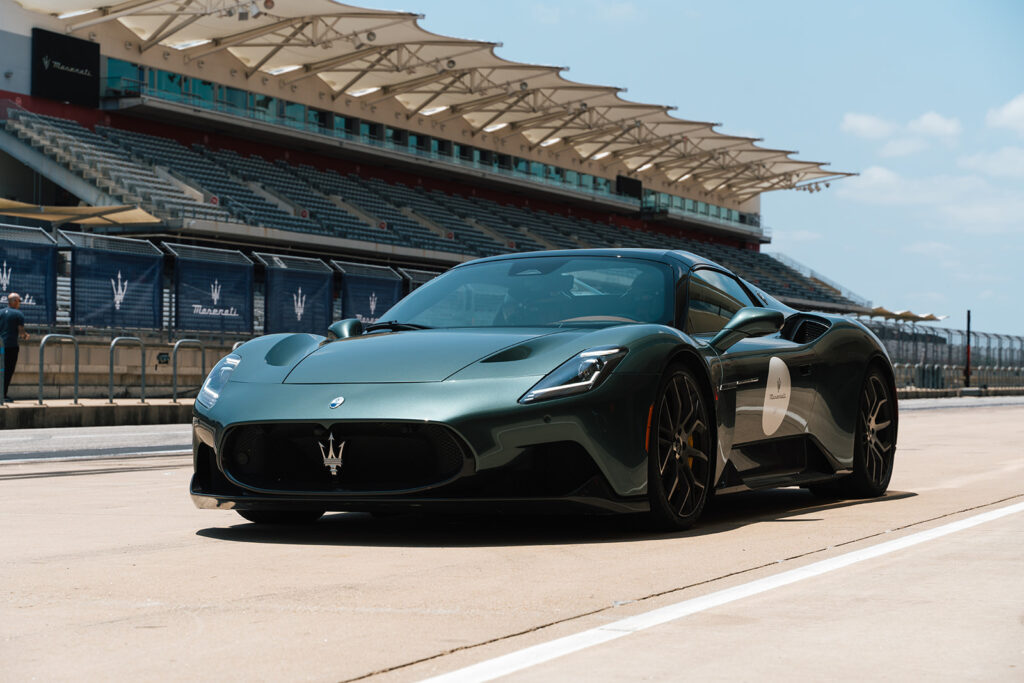
A Heritage Forged in Competition
To understand the significance of this moment, you have to know where Maserati came from. Founded in 1914 by the Maserati brothers in Bologna, the brand made its racing debut with the Tipo 26, winning its class at the 1926 Targa Florio. The Trident quickly became a fixture in global motorsport, winning the Indianapolis 500 in 1939 and 1940 and later dominating Formula One with the legendary 250F, driven to championship glory by Juan Manuel Fangio in 1957.
Sports car icons like the 300S and the Tipo 61 “Birdcage” followed, raced by legends such as Stirling Moss, Dan Gurney, and Carroll Shelby, who took the Tipo 61 to victory at the 1960 Riverside Grand Prix. After a long hiatus, Maserati returned to competitive form with the MC12, which conquered the FIA GT Championship in the 2000s. And today, Maserati is back in the single-seater game, competing in Formula E, reincarnating its racing soul in a modern context.
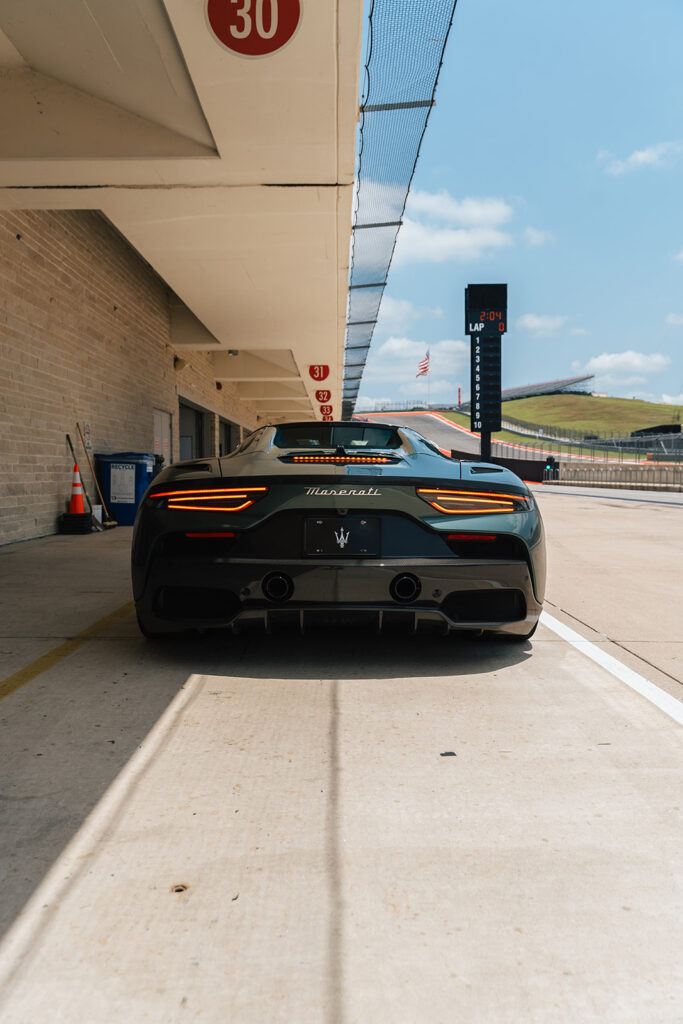
The MC20 Cielo: Supercar, Refined
At first glance, the MC20 Cielo is pure theater, dramatic doors, flowing bodywork, and a retractable electrochromic glass roof that shifts from clear to opaque at the touch of a button. But beneath the striking silhouette is something rarer: composure. Where many mid-engine supercars trade comfort for drama, the MC20 Cielo delivers a surprisingly civil ride. It’s easy to drive. Pleasant, even. That’s not to say it lacks fire, 621 horsepower and 0-60 in under three seconds will silence any doubts, but it channels its power with poise, not bravado.
Inside, the cabin is restrained yet handsome. Alcantara, carbon fiber, and stitched leather set the tone. There’s a modern dual-screen setup, though thankfully not at the expense of tactile connection. It feels like a car designed by people who still enjoy driving, not just measuring lap times.
In a world of hybridized complexity, the Cielo feels refreshingly analog in spirit, though it’s filled with cutting-edge engineering. It’s a car that could credibly wear two hats: thrilling weekend supercar and viable daily driver. Few in its segment pull that off.

For the Track: MC20 GT2 Stradale
Of course, for those who crave something sharper, the MC20 GT2 Stradale dials the MC20 formula up. Derived from Maserati’s GT2-spec race car, it adds more power (631 horsepower), more downforce, and less weight. With a massive rear wing, aggressive aero, and track-focused suspension, the Stradale trades road manners for race-day readiness. It’s not built for comfort; it’s built to hunt apexes.
For collectors or weekend racers looking to bridge the gap between street and circuit, this is where the Trident cuts its sharpest line. It’s a supercar that belongs in pit lanes as much as valet stands. You will sacrifice the pure daily drivability of the MC20 Cielo for the raw performance, but depending on how you plan on using the car, it could be worth it.
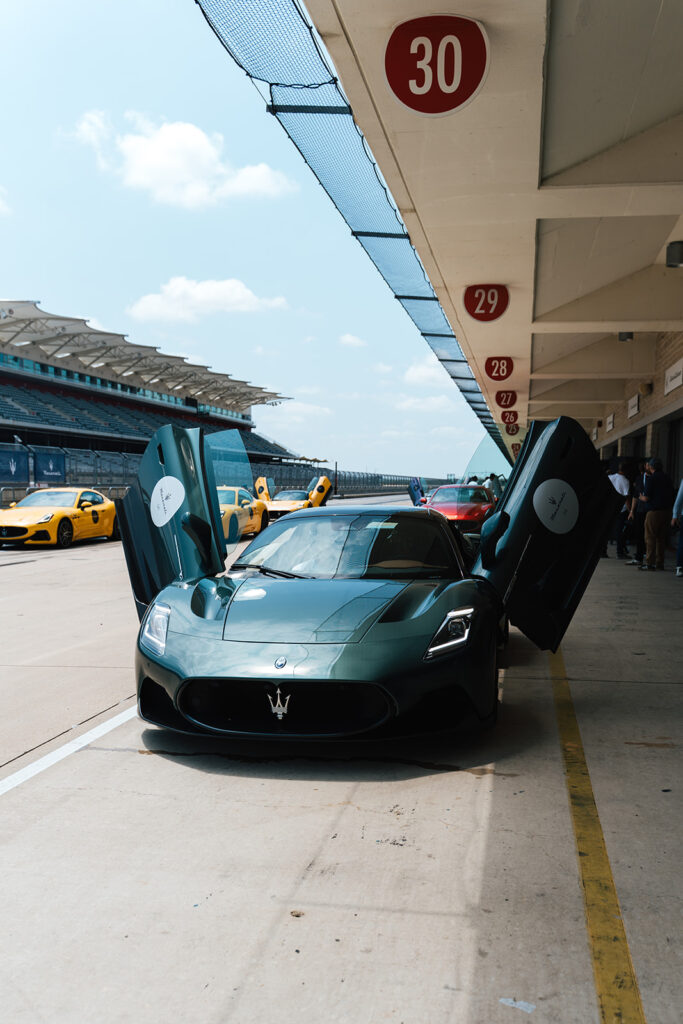
Rivals in the Rearview
Naturally, comparisons to the Ferrari 296 GTS and McLaren Artura are inevitable. The Ferrari dazzles with an 819-horsepower hybrid powertrain and unmistakable exhaust note. It’s ferocious, but perhaps less usable day-to-day. The Artura, McLaren’s own plug-in hybrid entry, is more understated, fast, yes, but arguably lacking some of the soul found in the MC20’s mechanical symphony.
The Maserati splits the difference. It’s not chasing lap records or Nürburgring timesheets. It’s chasing something more emotional: the feeling of connection, the joy of an early morning drive through Hill Country, the sound of a free-revving V6 behind your shoulders with the roof stowed.
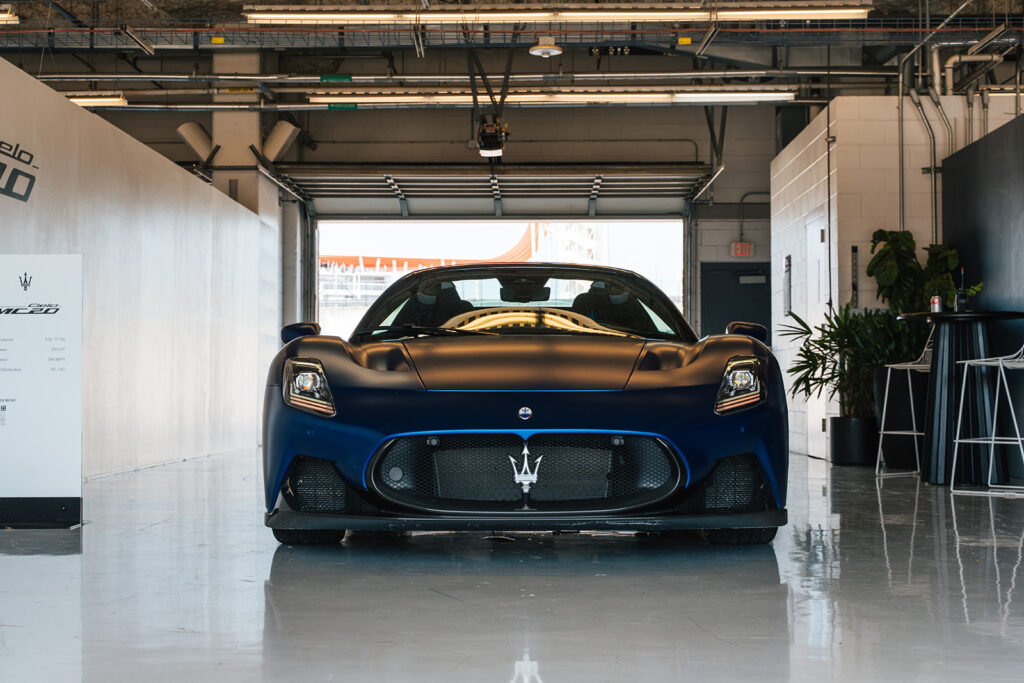
A New Era for Maserati in America
With the Nettuno engine anchoring its portfolio and design language that’s both modern and timeless, Maserati is reasserting itself in the U.S. luxury performance market. No longer content to be an alternative to German or British brands, Maserati is carving a new path, one that embraces its racing history, refines the exotic car experience, and makes Italian performance feel approachable again.
After a day behind the wheel of the MC20 Cielo, one thing is clear: Maserati is no longer just trying to catch up. It’s writing its own story again, and this chapter feels like the beginning of something truly special.

